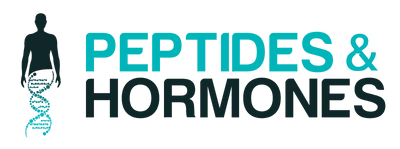
Let’s chat about estrogen dominance in the context of menopause.
So, estrogen dominance is a term we use to describe a hormonal imbalance
that can occur during menopause. As you probably know, estrogen is a key
player in the intricate hormonal orchestra that regulates your menstrual cycle
and overall reproductive health.
During menopause, the ovaries gradually reduce their production of estrogen,
marking the end of your reproductive years. However, the transition isn’t
always smooth sailing. In some cases, the drop in progesterone (another
hormone) doesn’t keep pace with the decline in estrogen, leading to an
imbalance – and that’s what we call estrogen dominance.
Now, the tricky part is that even though your overall estrogen levels might be
decreasing, the ratio of estrogen to progesterone can be skewed, with
estrogen dominating the scene. This imbalance can manifest in a variety of
symptoms, ranging from irregular periods and mood swings to hot flashes and
sleep disturbances.
Think of it like a seesaw: estrogen on one side, progesterone on the other. If
estrogen outweighs progesterone, you might experience some of these
symptoms. It’s not uncommon, and many women go through it during
menopause.
The good news is that we have ways to address estrogen dominance. In
some cases, bioidentical hormone therapy might be recommended to restore
that delicate hormonal balance.
If you’re experiencing bothersome symptoms or have concerns about how
your hormones are behaving during menopause, now is the time to reach out.
We can discuss your specific situation and explore options to help you feel
more comfortable during this phase of life.
Remember, every woman’s journey through menopause is unique, and there’s
no one-size-fits-all solution. So, feel free to share any questions or concerns
you might have, and we can work together to find the best approach for you.
